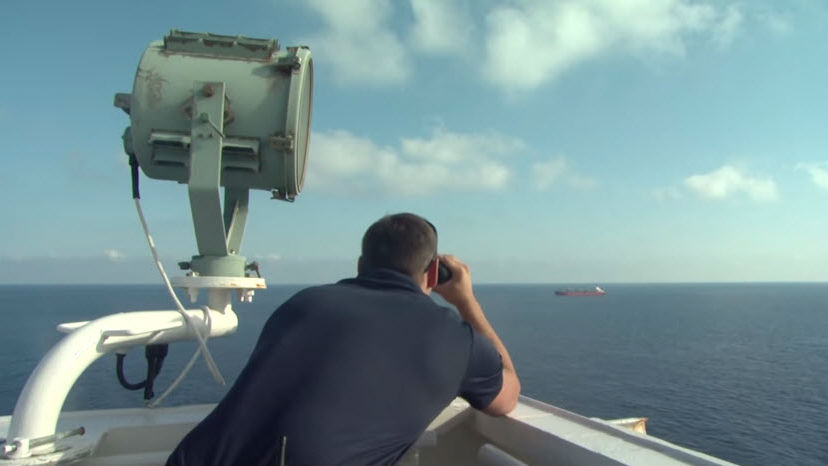U.S. Navy Models Piracy

Maritime piracy has experienced a resurgence recently, and the U.S. Navy has developed a method of identifying pirate ships before they strike. The Navy Research Laboratory’s (NRL) new model combines weather and wave analysis with maritime piracy behavior profiles of a specific region to predict when commercial vessels are most at risk.
The profiles are based on the type of vessels typically used by regional pirates, their attack speed and the speed in which they return to their hideouts. Pirates primarily use small, fast watercrafts that are highly vulnerable to high winds and rough seas. The system also analyzes wind and wave data to determine the conditions in which vessels are most susceptible to attack.
The pirate model predicts the track of pirate attacks as a function of time under the impact of environmental constraints. The NRL states pirates typically attack in areas with higher shipping density and when seas are relatively calm. Wind is also a deterrent in the frequency of attacks. Pirates generally attack ships when they are vulnerable and the weather conditions are favorable.
The U.S. Navy states piracy costs the U.S. maritime industry about $16 billion annually. The NRL report models could be particularly vital in slowing Southeast Asian piracy. Piracy in the region is reaching all-time highs as oil demand and the thriving black markets fuel attacks.
In July, Regional Cooperation Agreement on Combating Piracy and Armed Robbery against Ships in Asia (ReCAAP) said incidents of piracy and armed robbery had risen 18 percent in the first half of 2015 when compared to the same time period in 2014.
Click here to read the NRL’s full report.
